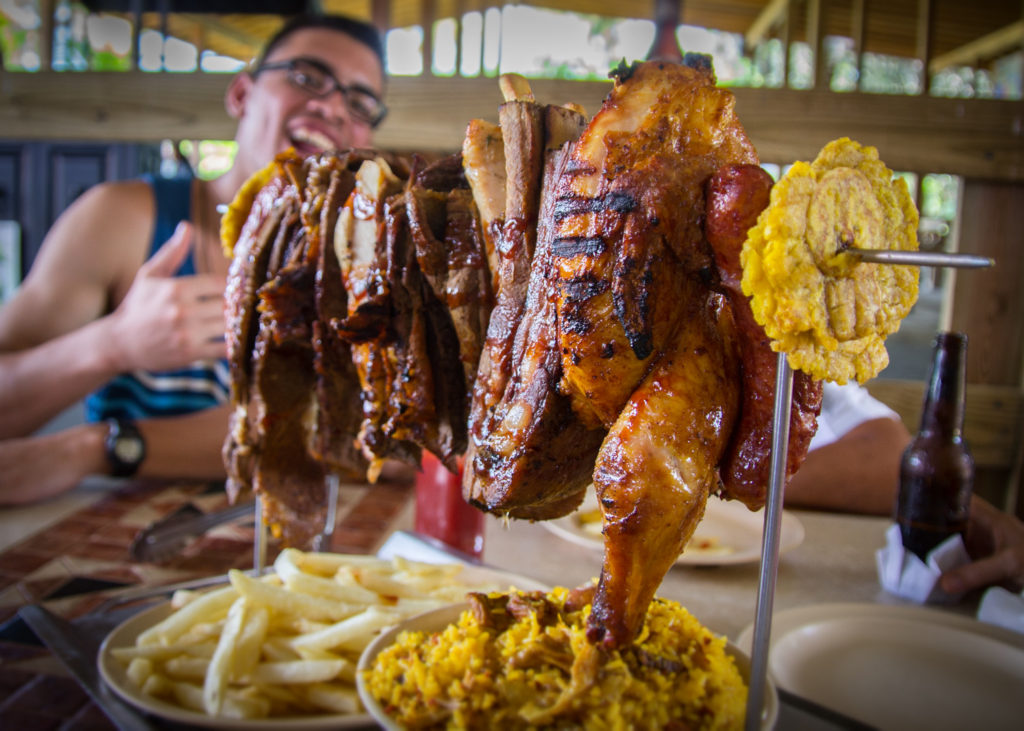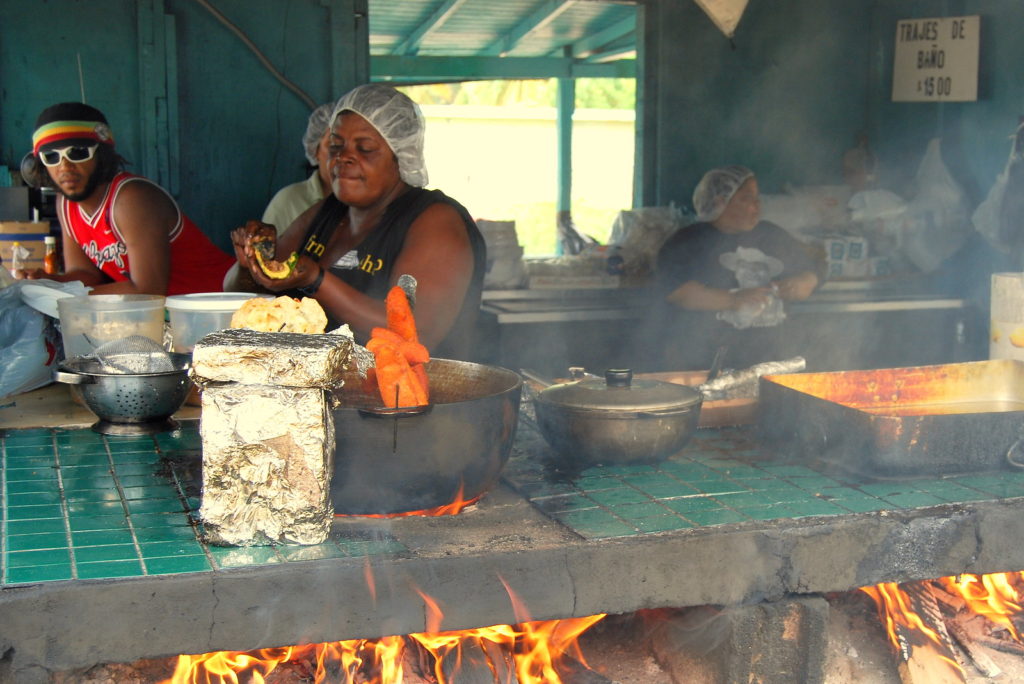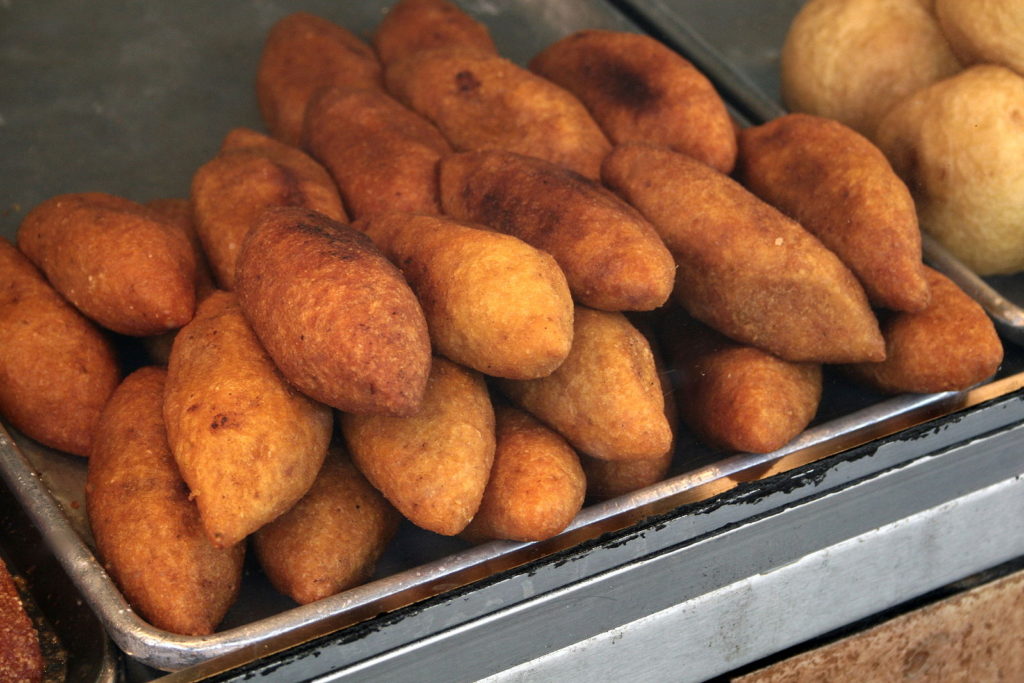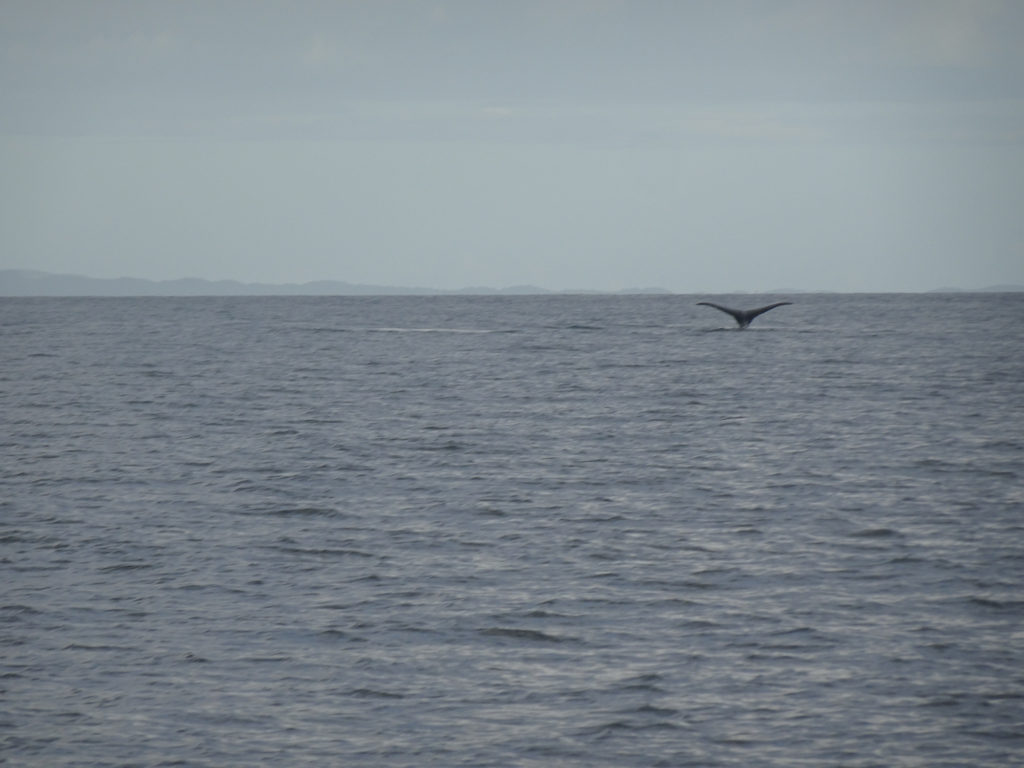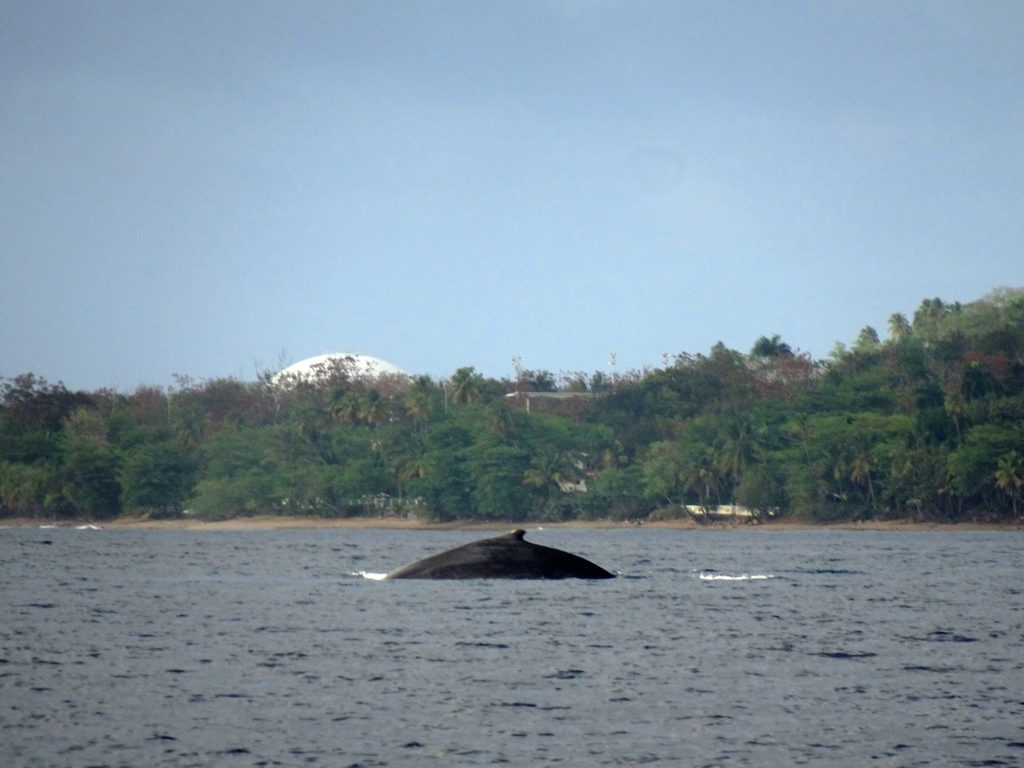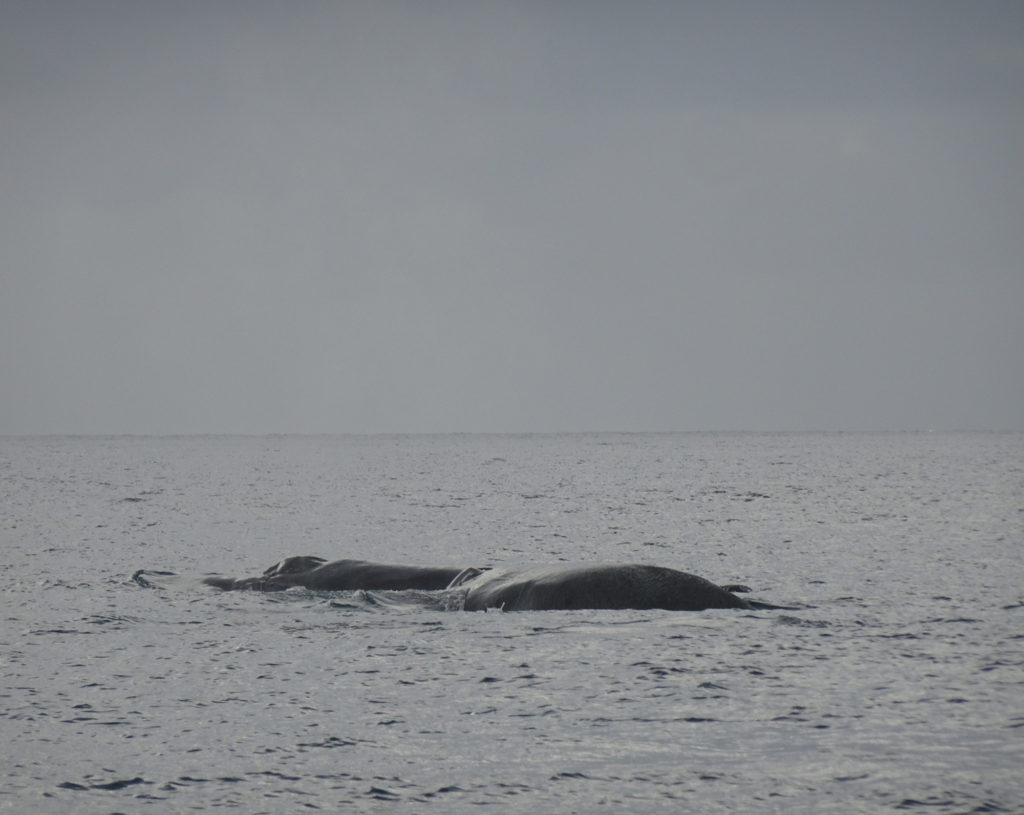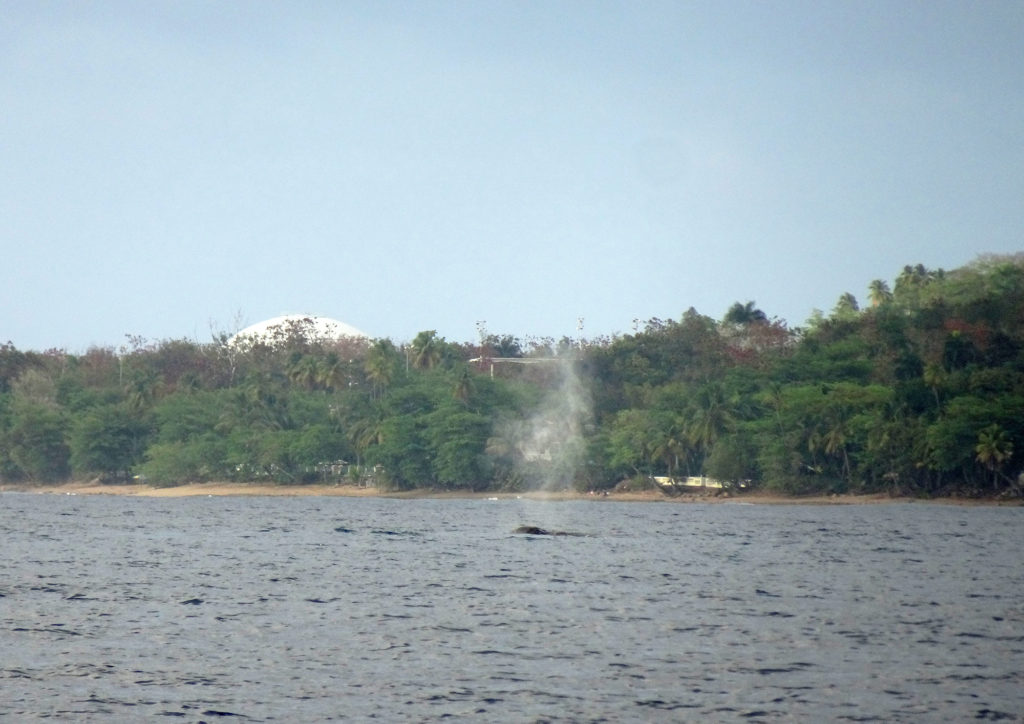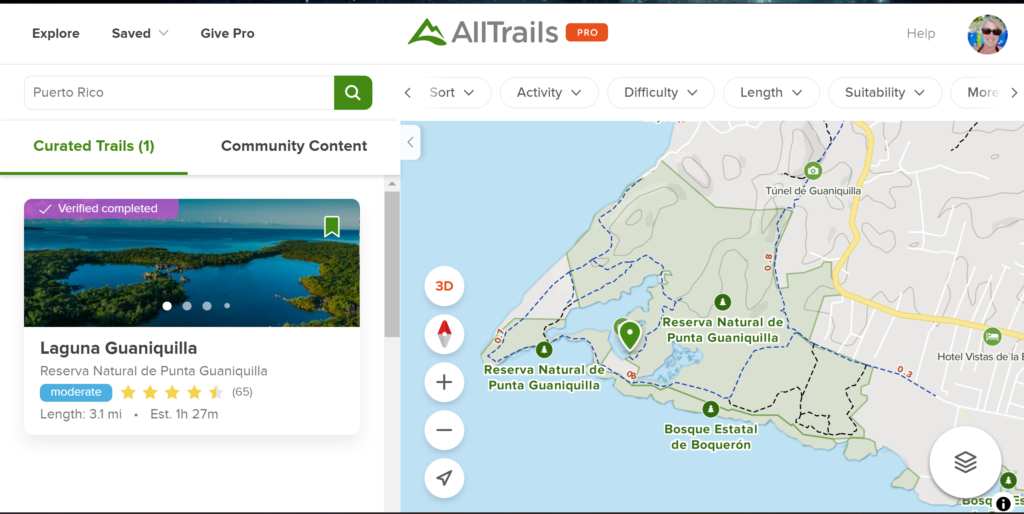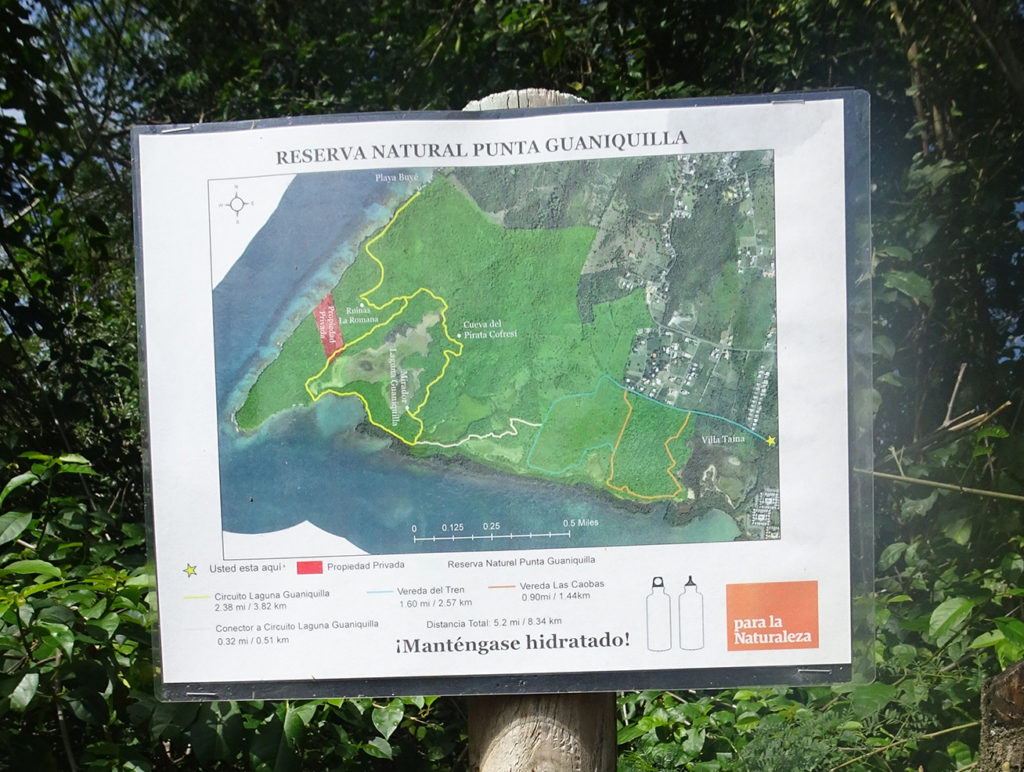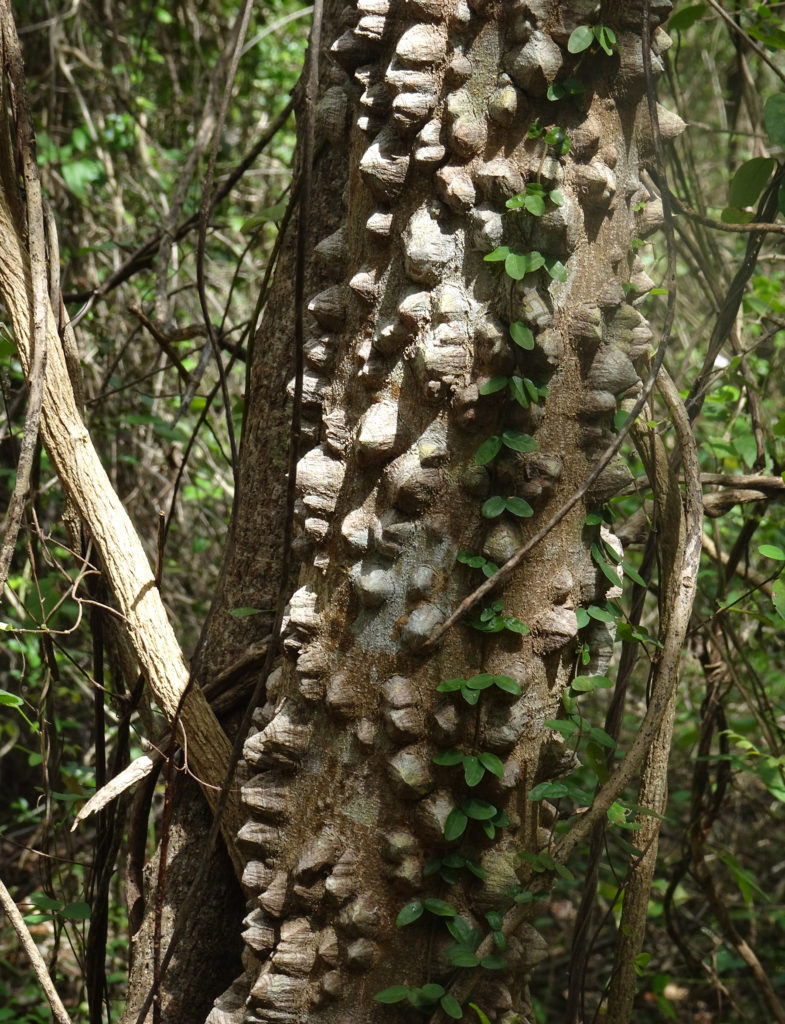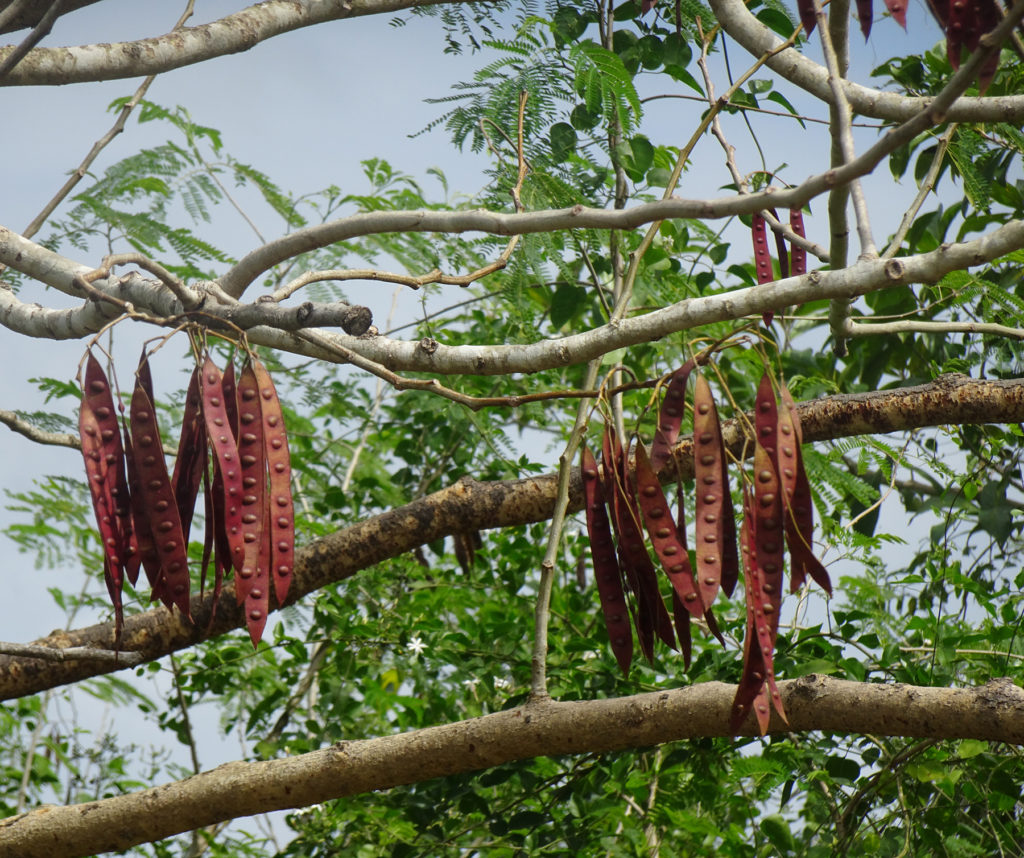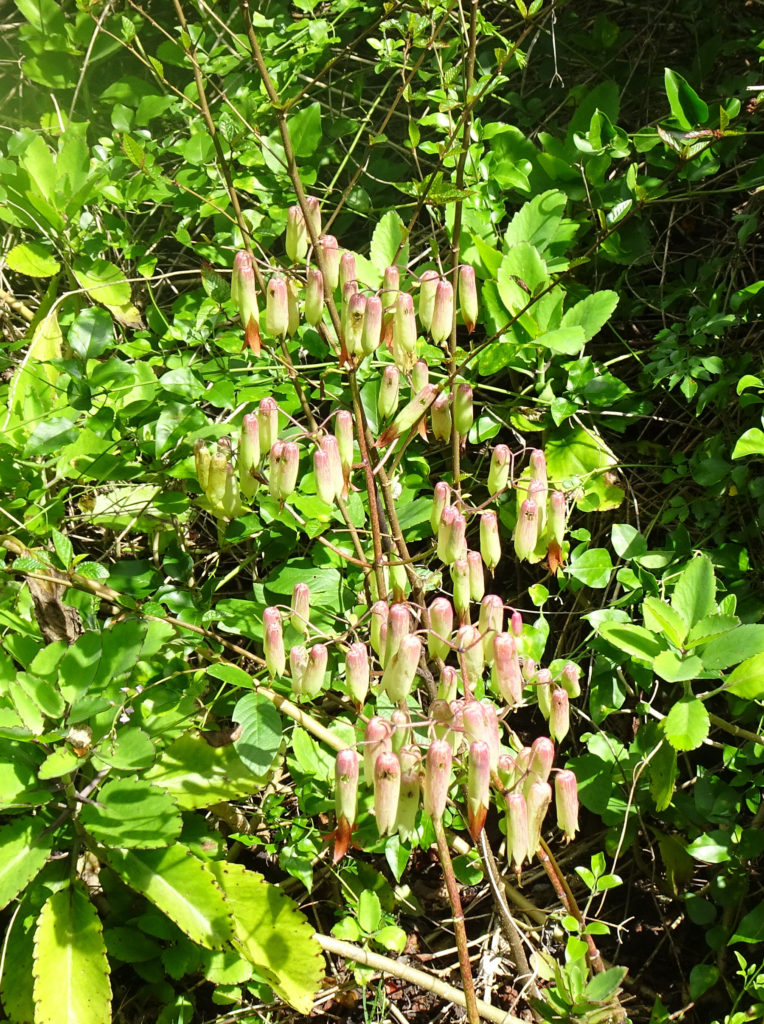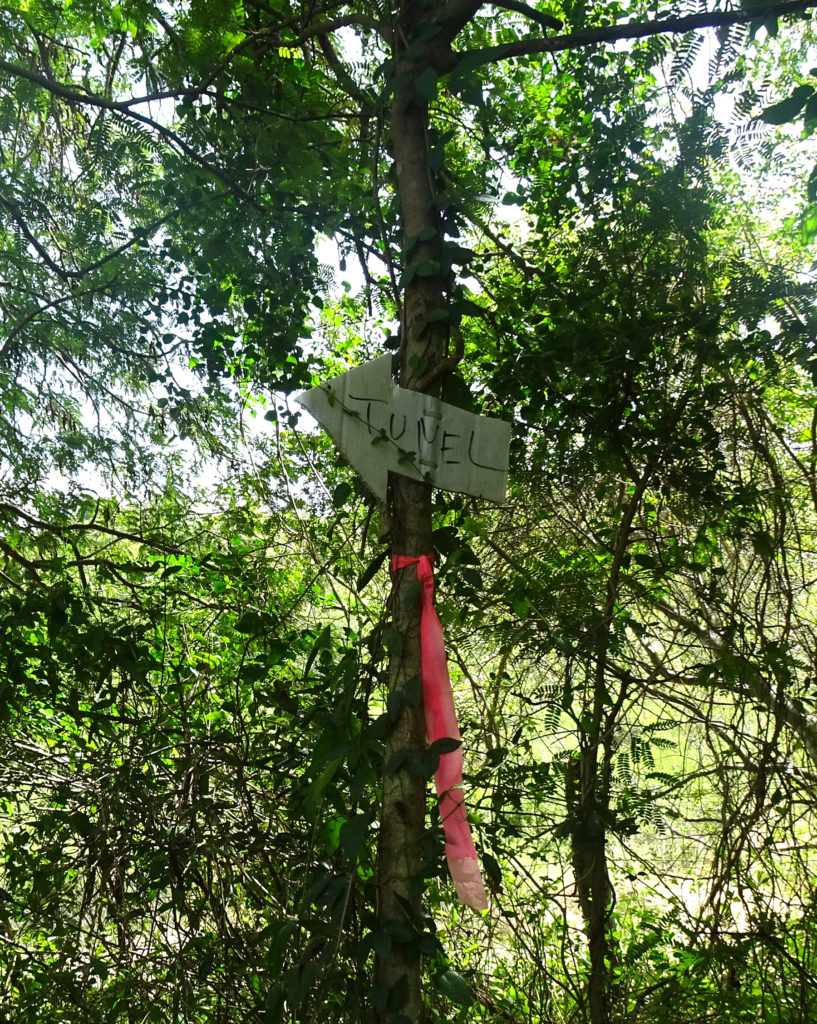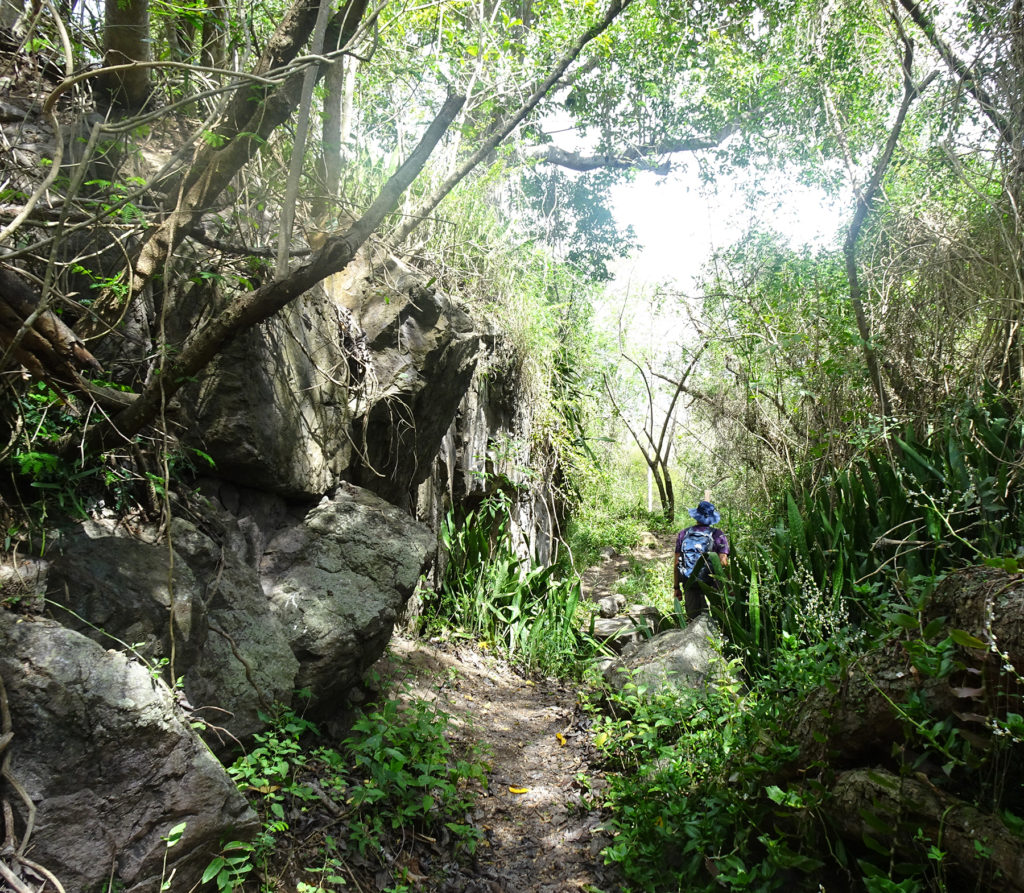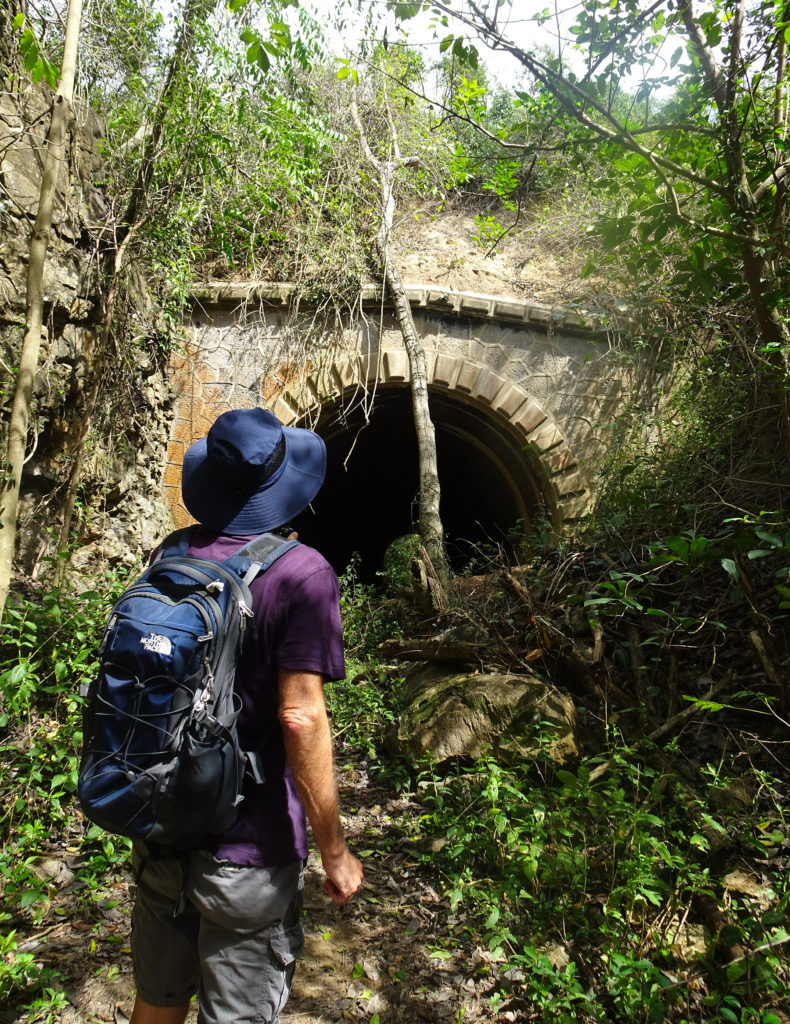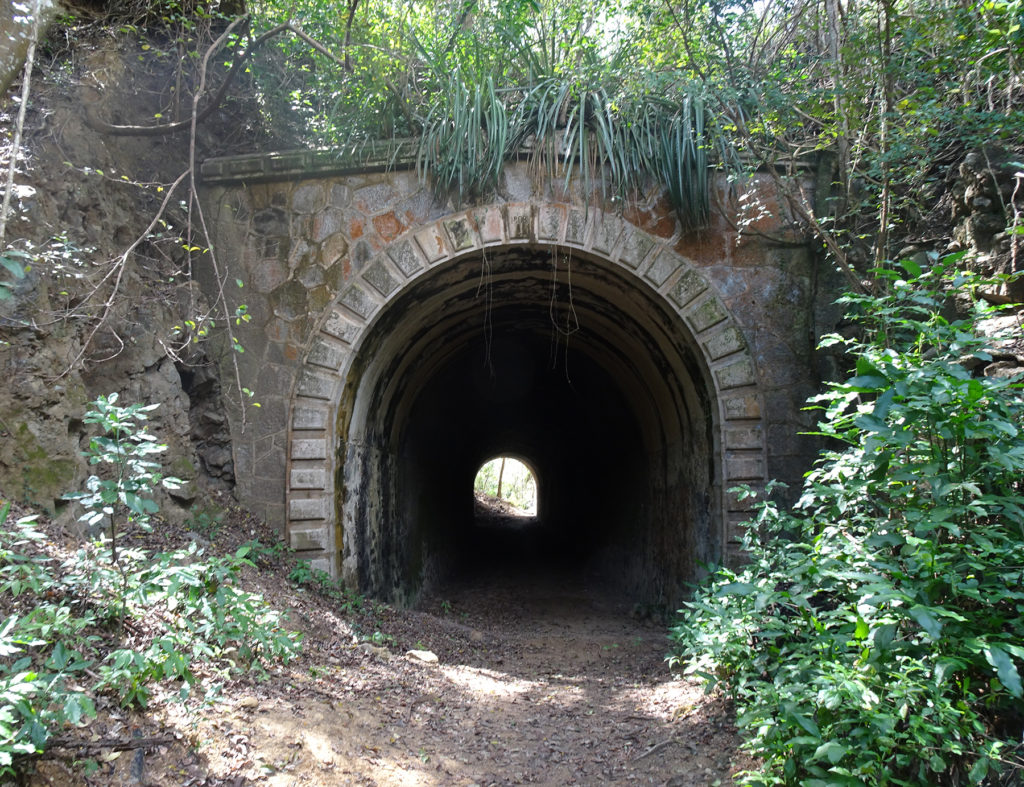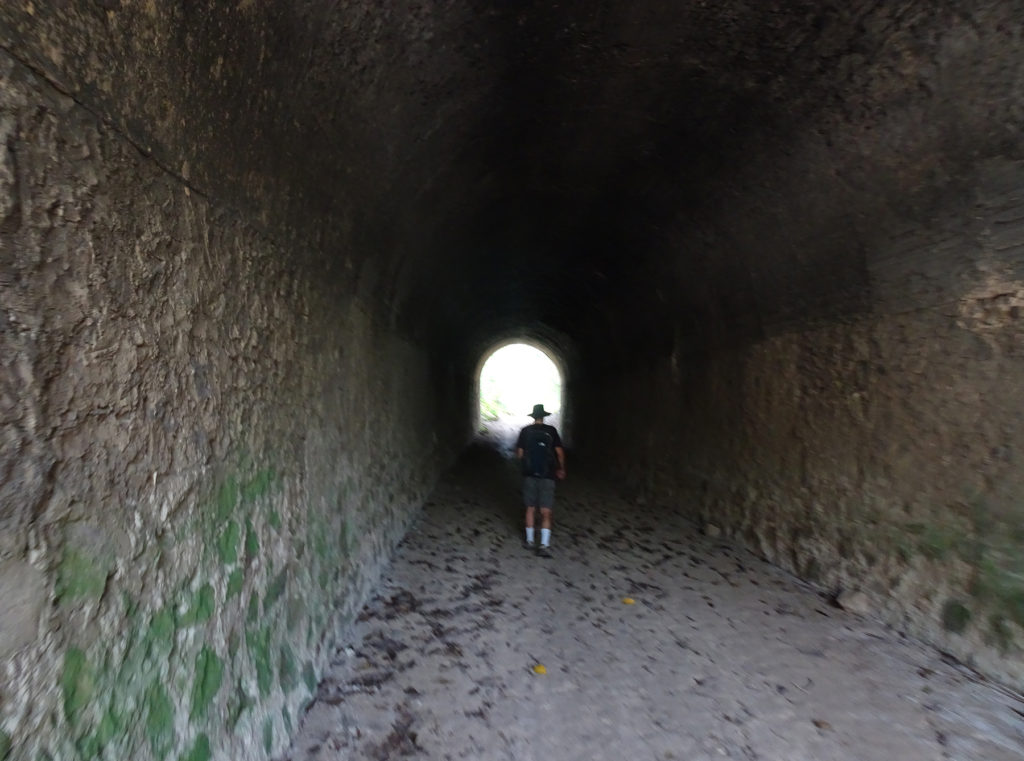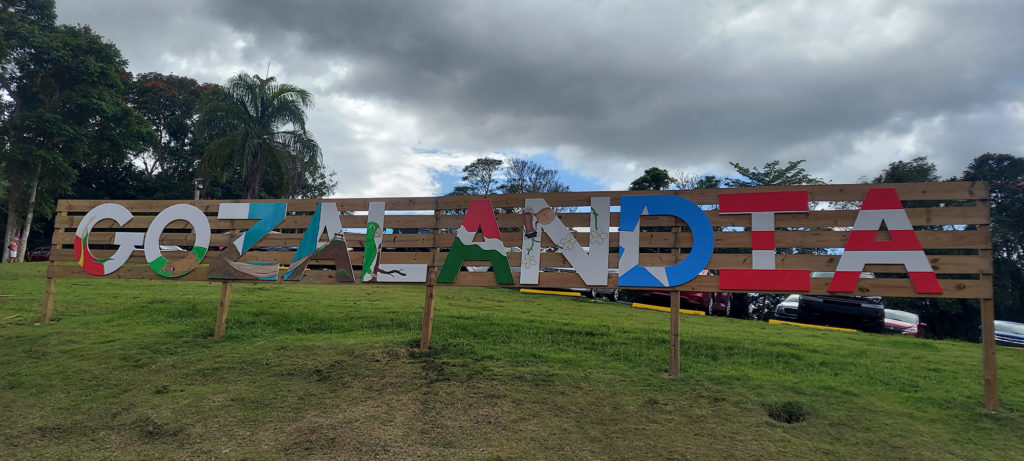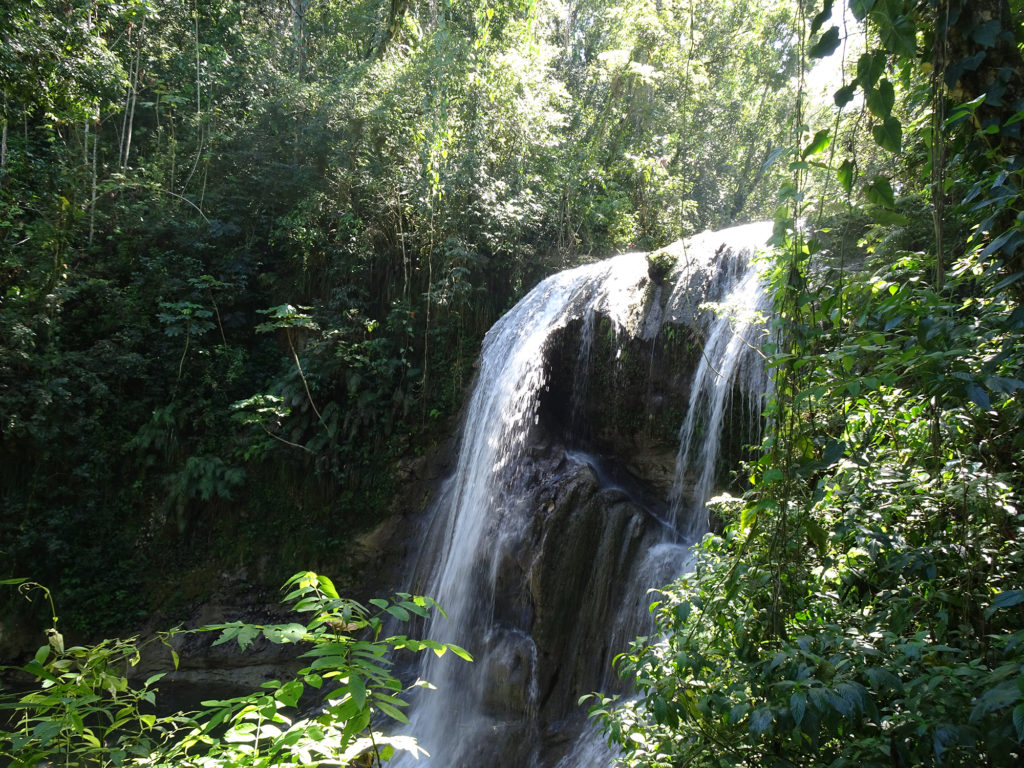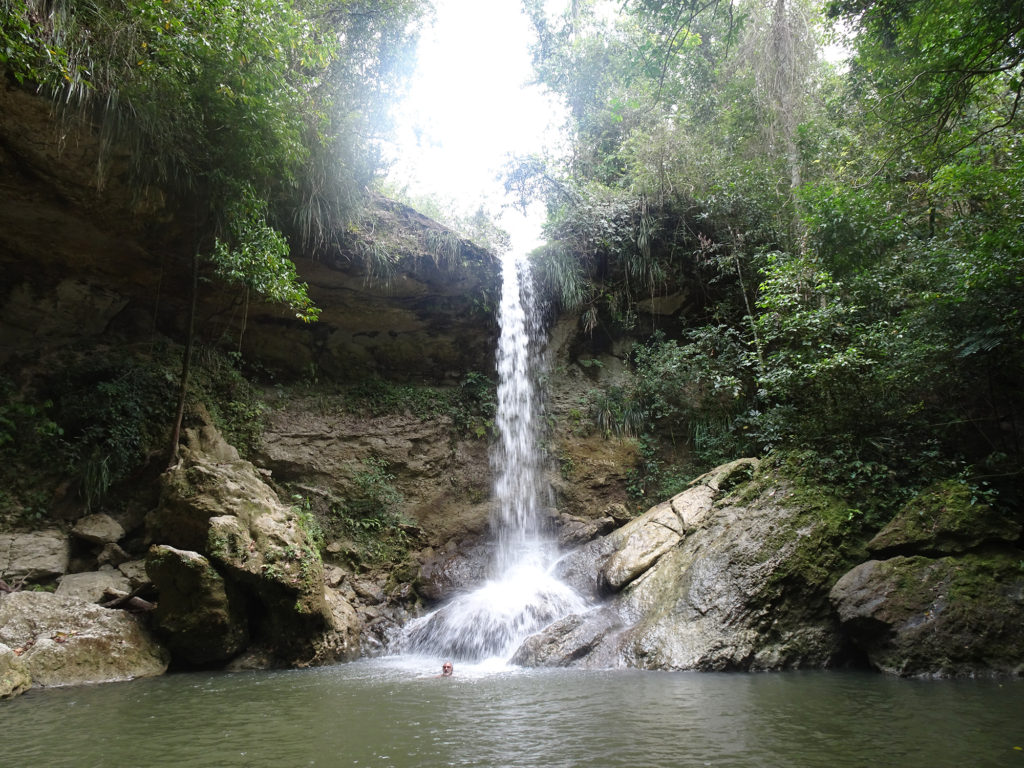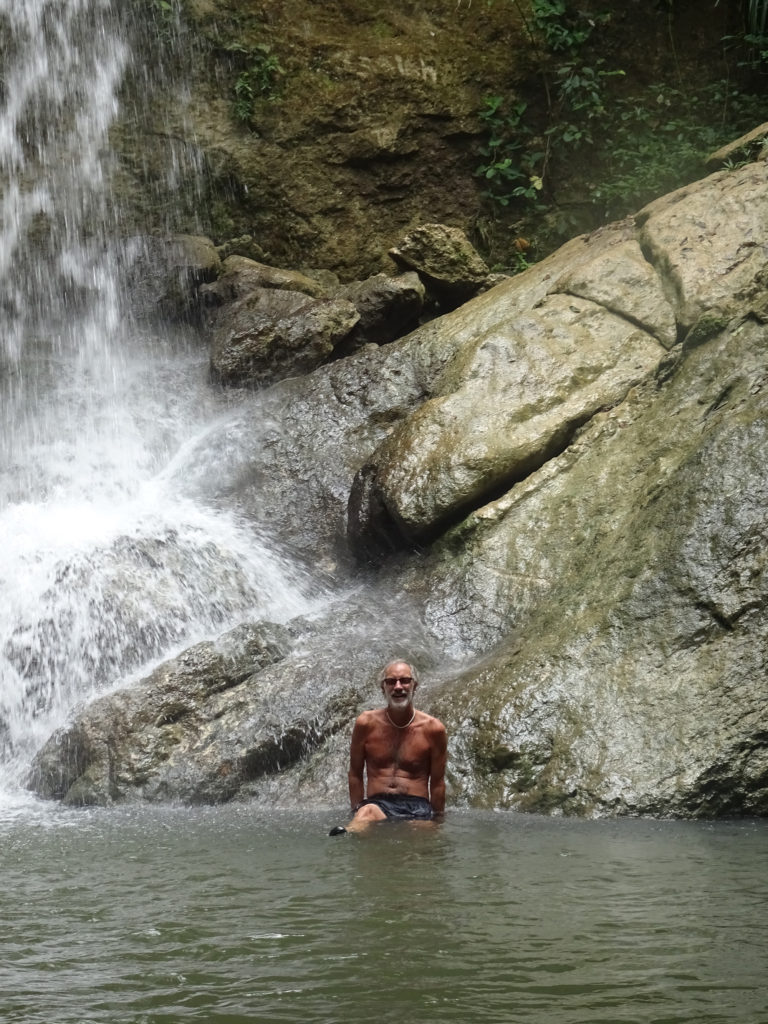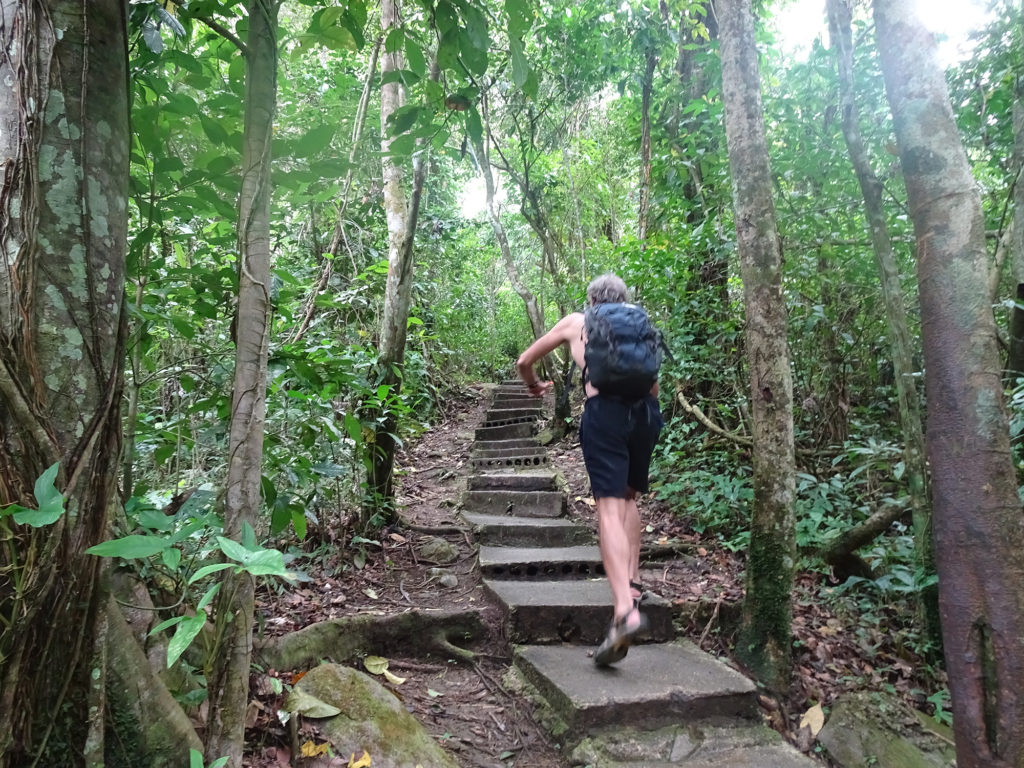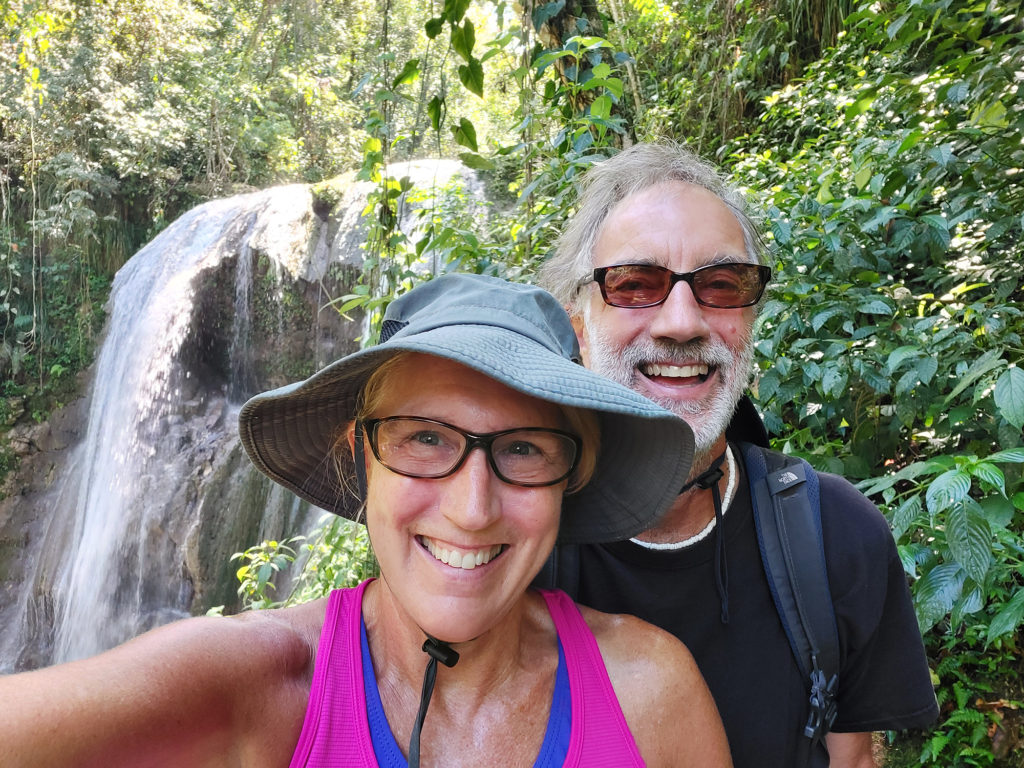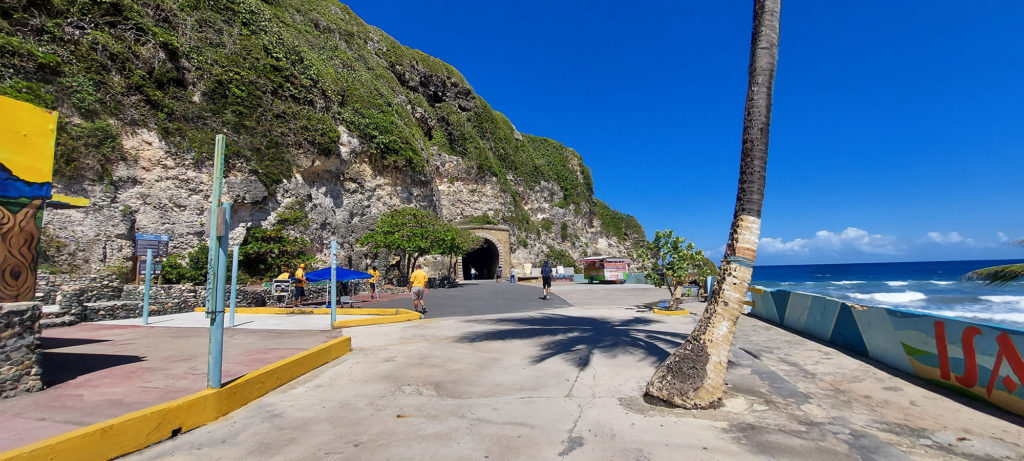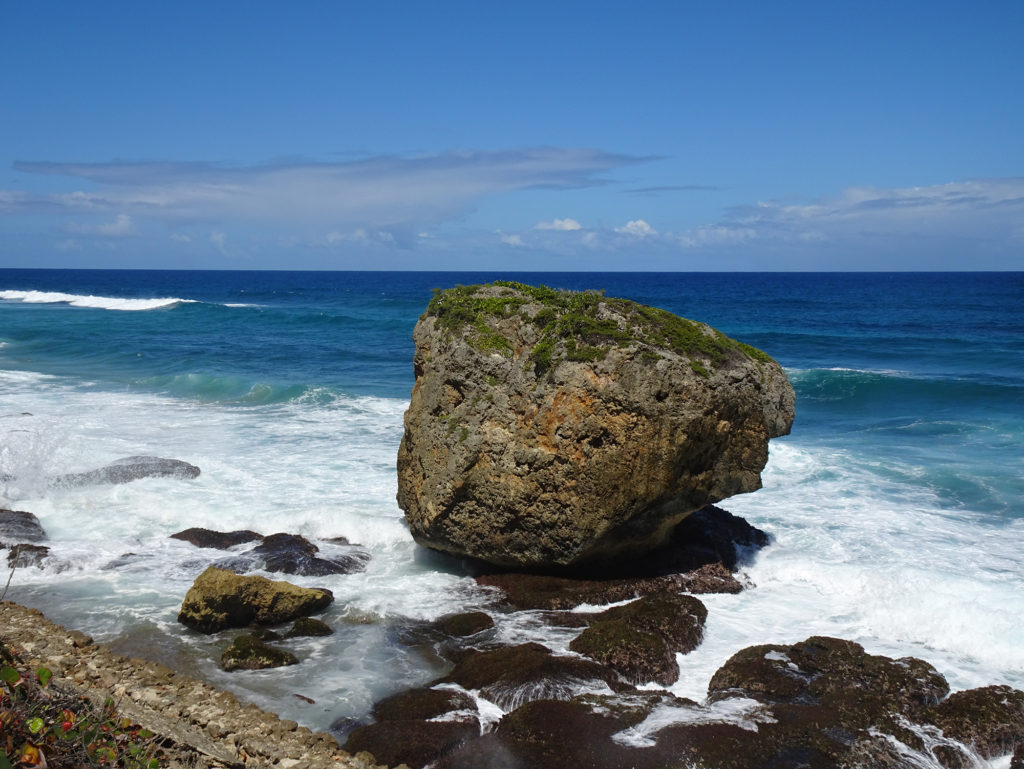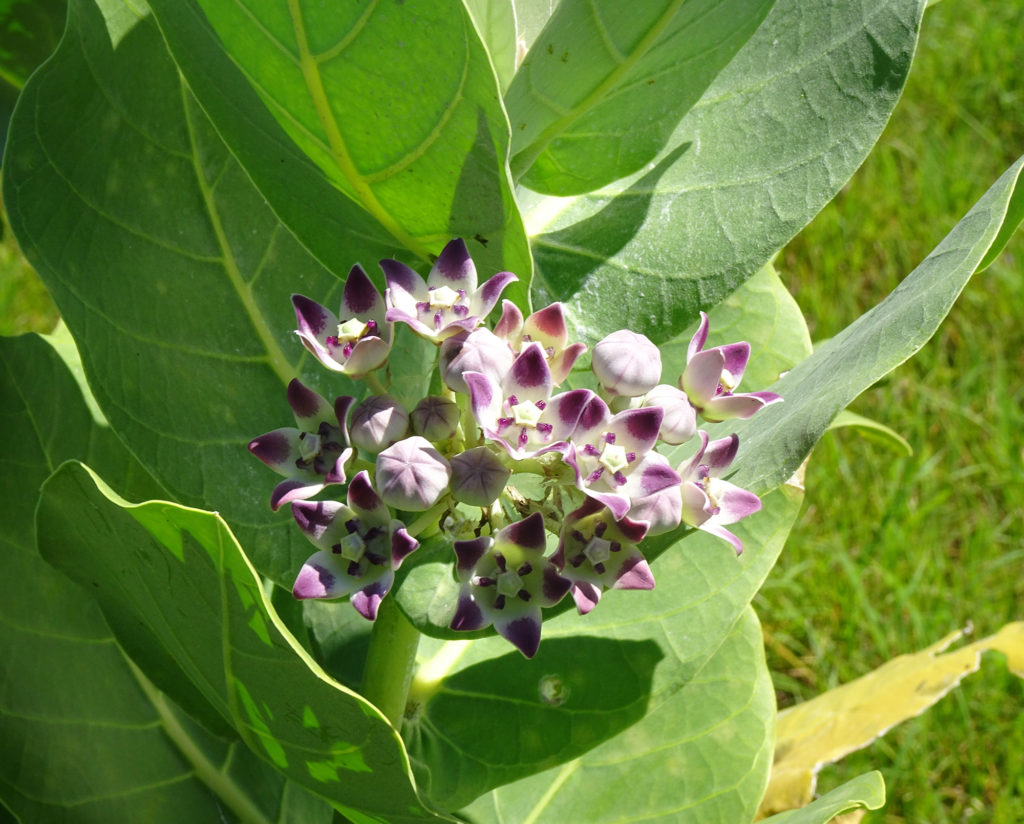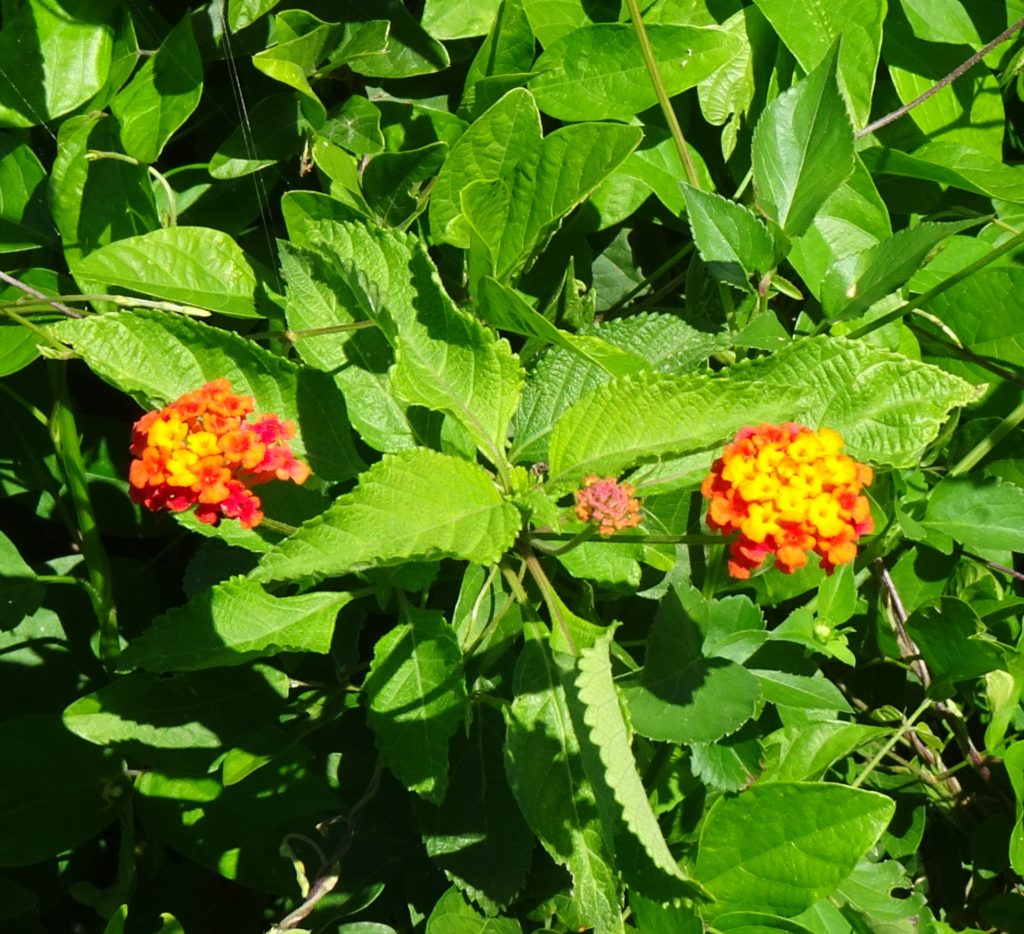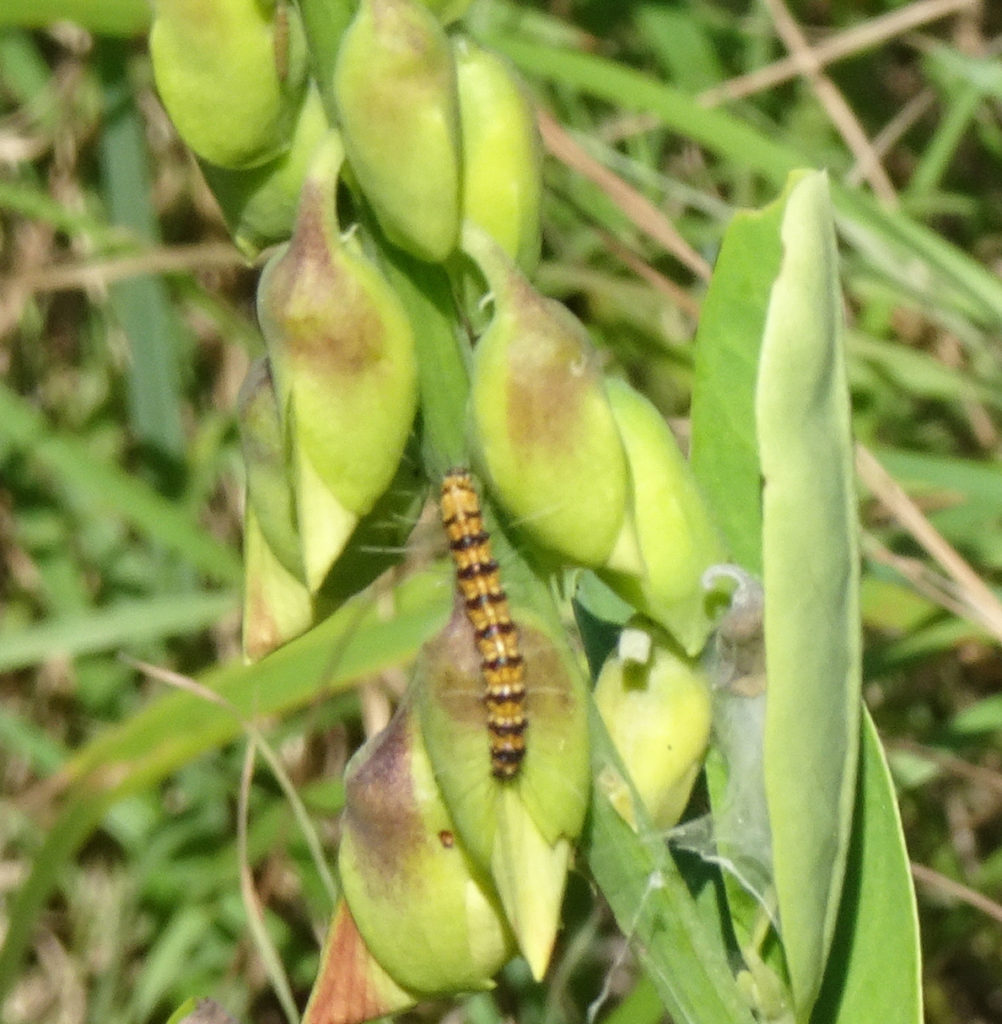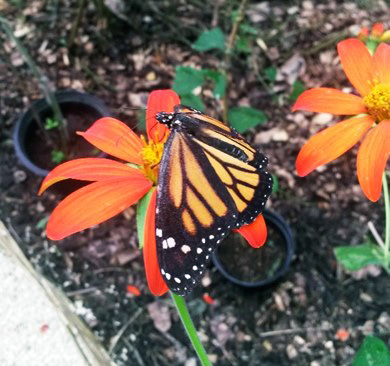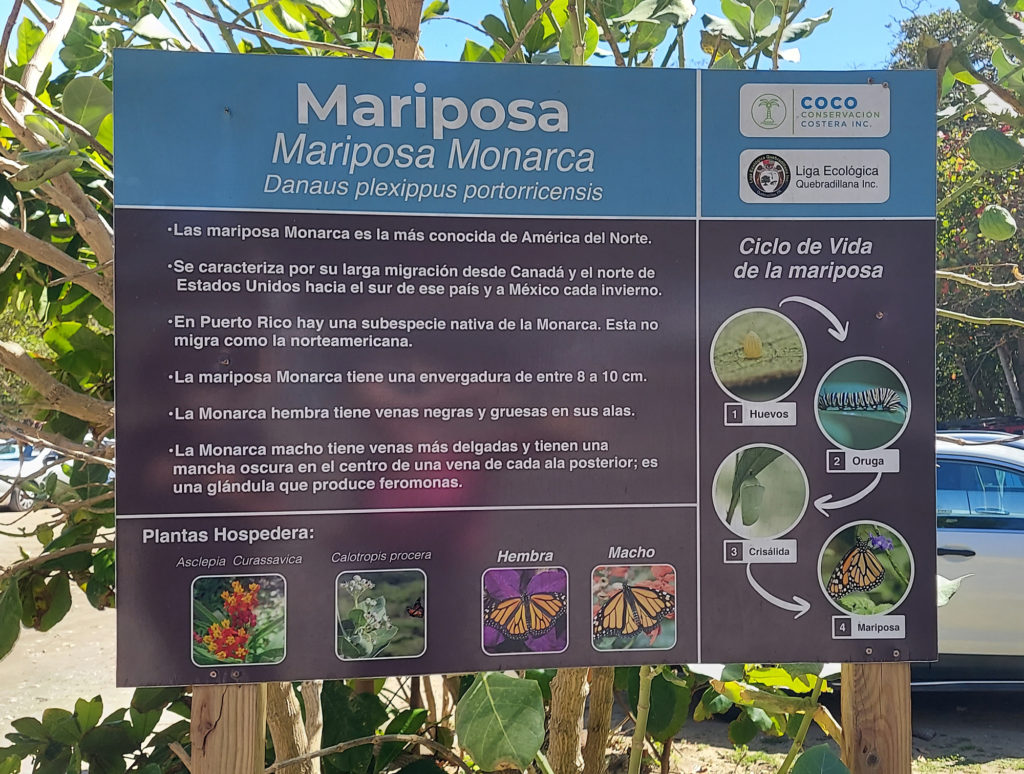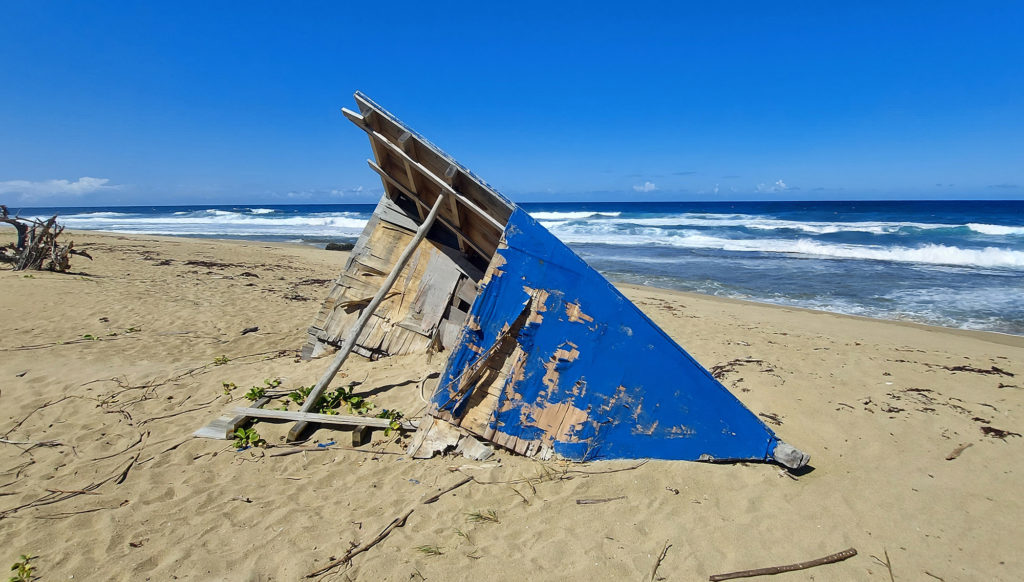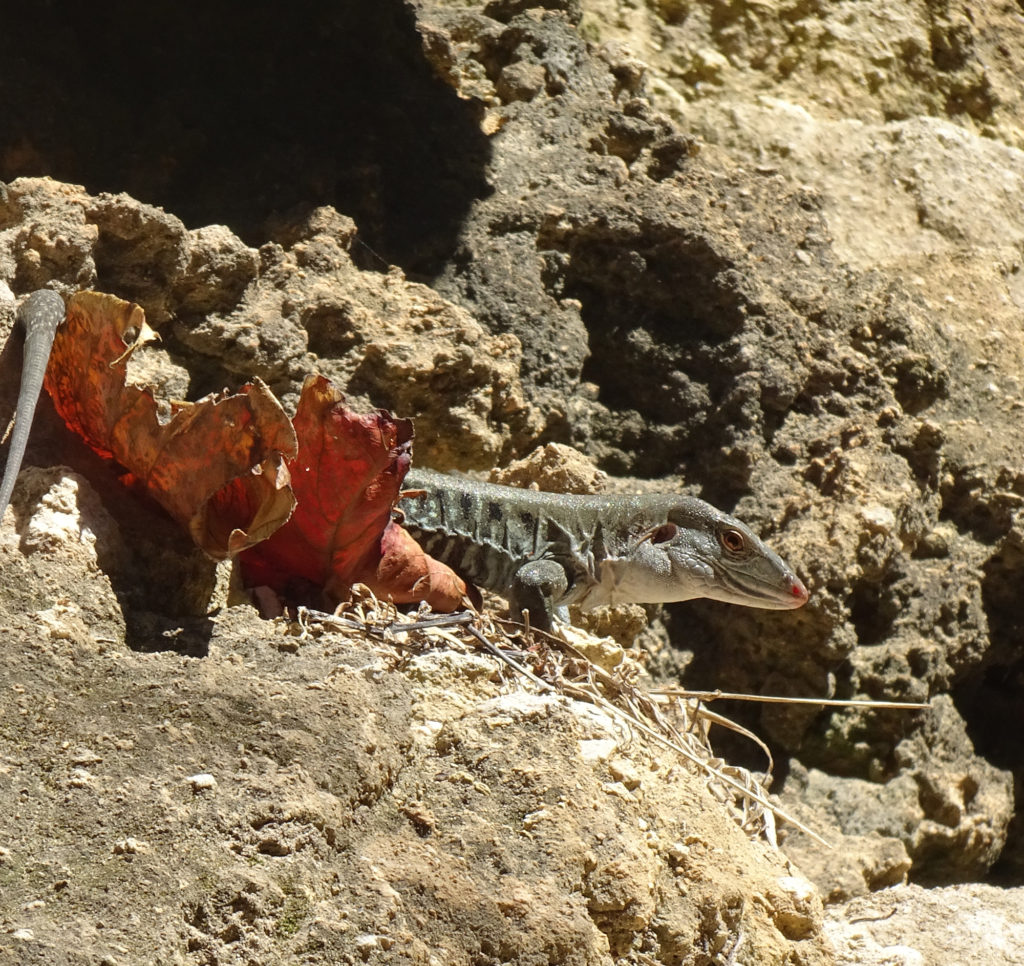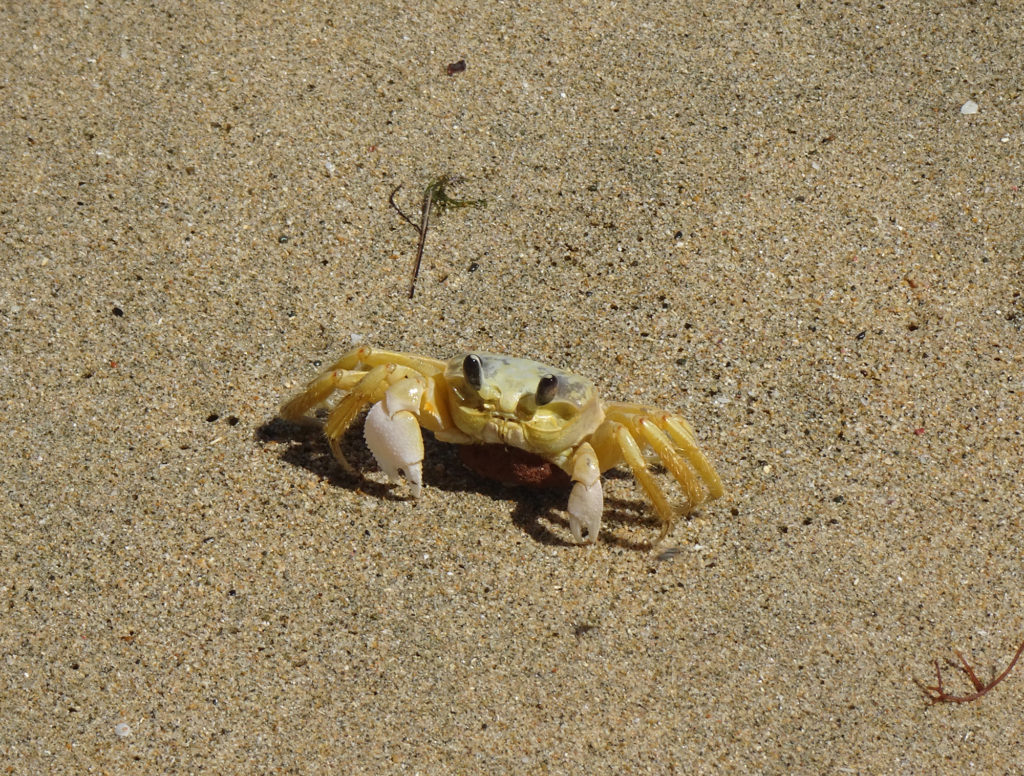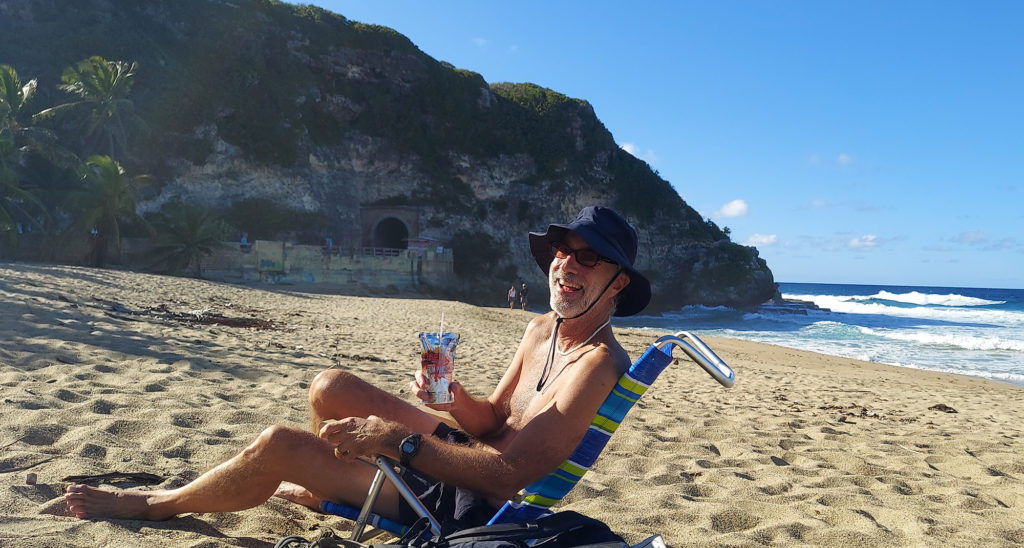What is Puerto Rican Food, Anyway?
A lot of people expect Puerto Rican food to be like Mexican, with nachos and guacamole and burritos. But it’s a completely unique cuisine that evolved over centuries from the blending of Spanish, Taino, West Indian, and American influences with the vegetables, fruits, and meats available for consumption on the island.
Traditional Puerto Rican food includes a large selection of fried dishes, called frituras, often sold from roadside kiosks, and stuffed breads. Many are deep-fried. Here are a few stalwarts:
- Alcapurrias–Yucca or plantain-based fritters filled with ground beef, lobster, crab, or shrimp.
- Bacalaitos–Deep-fried, crunchy codfish fritters.
- Piononos–Deep-fried sweet plantain appetizers stuffed with seasoned meat or seafood.
- Rellenos de Papa – Potatoes stuffed with ground beef and deep fried to create a crispy outer layer.
- Arepas–fried bread stuffed with anything from cheese to chicken or seafood.
- Plaintain–a green banana that is used in cooking many, many dishes in Puerto Rico.
- Mofongo–fried, then mashed and spiced, plantain, stuffed with meat or seafood and then covered in sauce.
- Empanadillas and Pastelillos–pastry pockets filled with seafood, meat or cheese. Empanadillas are bigger.
- Fried Cheese–Lightly fried cheese squares served with guava sauce. Lisa’s favorite.
- Cheese Balls–Breaded, deep-fried cheese fritters.
- Pinchos–outstanding chicken or pork kebabs with BBQ sauce.
- Quesito—Breakfast pastry filled with cream cheese and sometimes fruit.
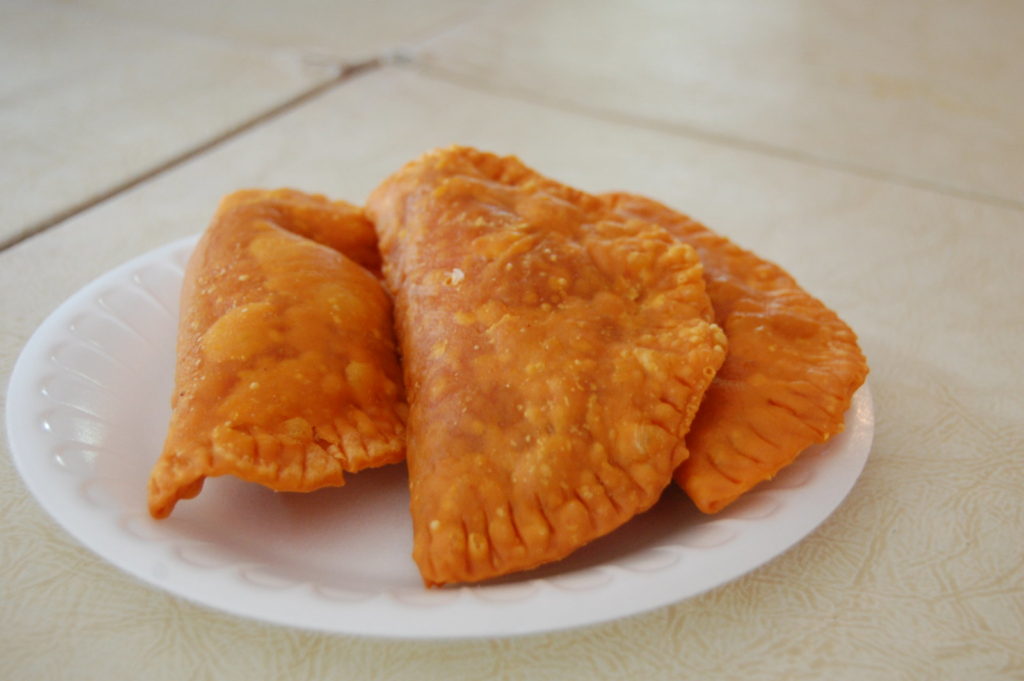
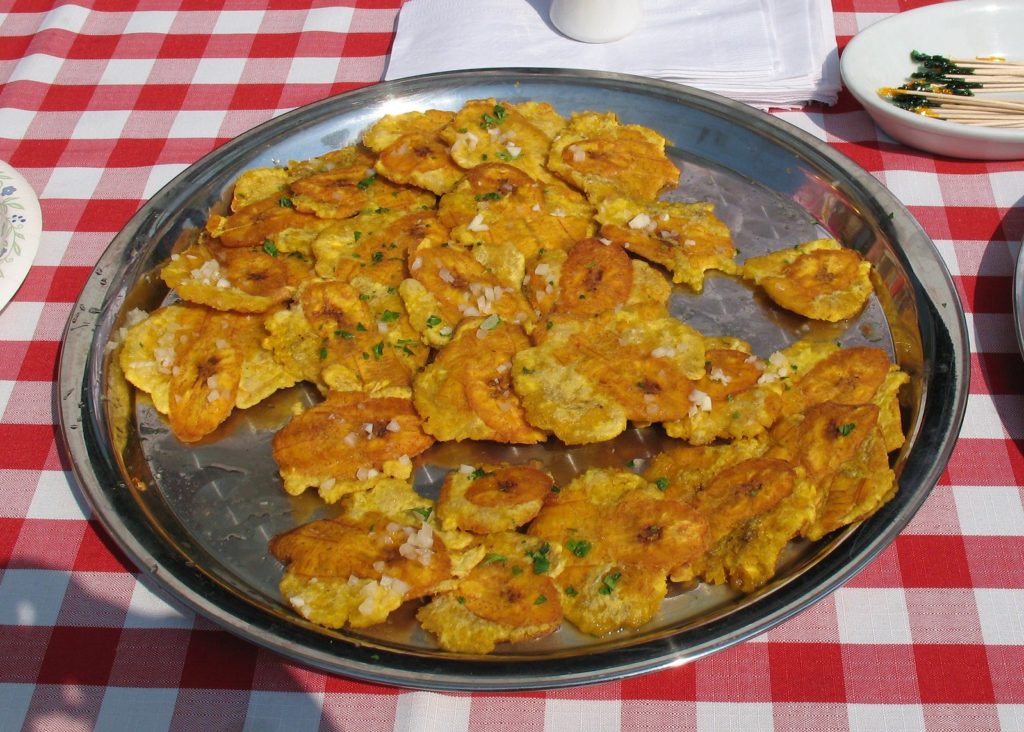
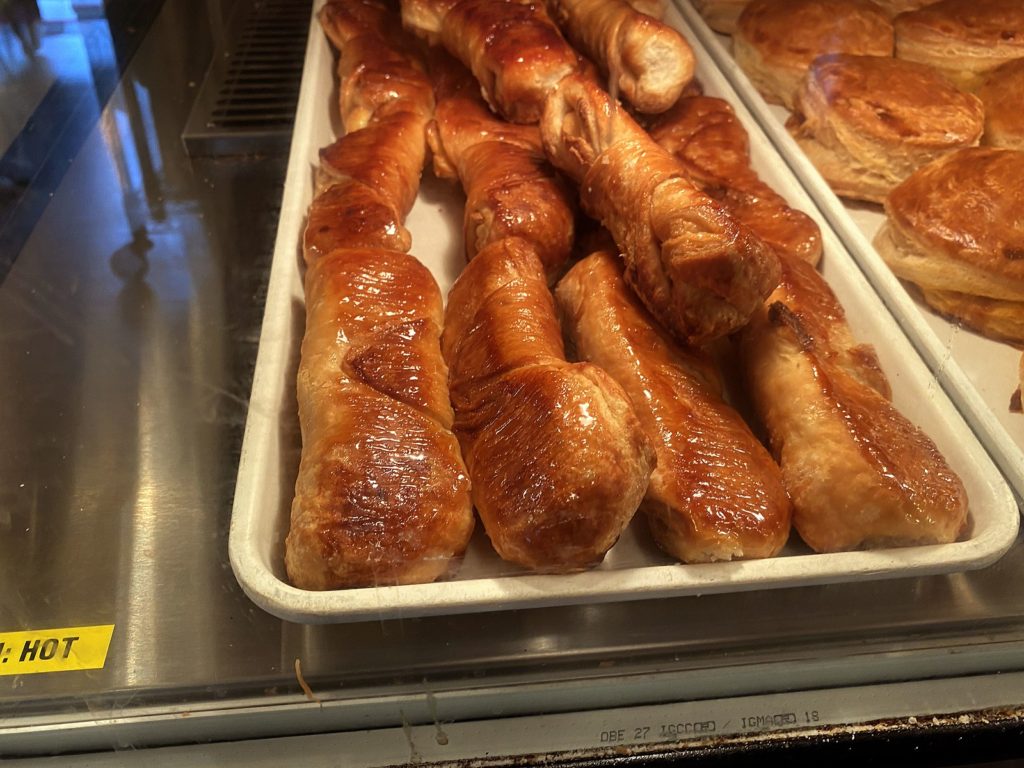
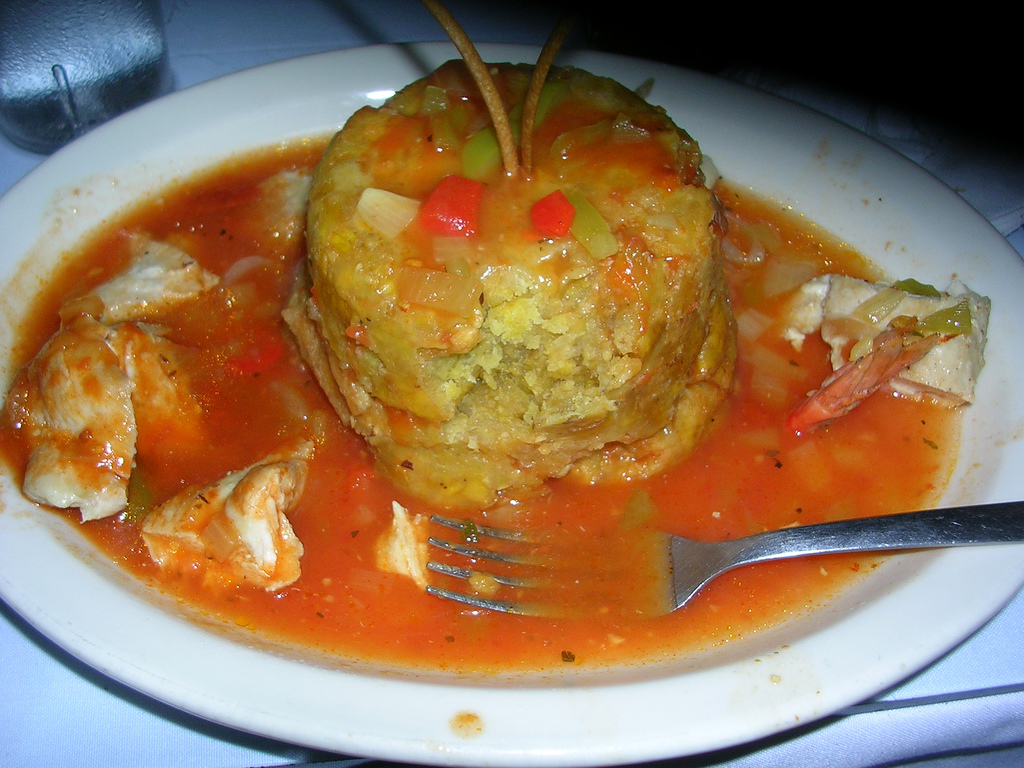
There are many other dishes, but this is a start! These two articles share even more information about Puerto Rican cuisine.
Top 10 Puerto Rico
Speaking Latino
Coastal Food
Along the coast, traditional food means freshly caught fish–dorado, red snapper, salmon, cod, or octopus or lobster, served with rice and perhaps beans. Diners have a choice of traditional sauces that seem to be found at all seafood restaurants on PR’s west coast: criollo (tomato, onion and peppers), butter, and creamy garlic. Oysters and mussels are also big, and can be consumed fresh from the sea at roadside stands in beach towns.
City Food
Cities in Puerto Rico are as cosmopolitan as any, so dinner in San Juan or Ponce or Mayagüez could just as easily mean Spanish (remember, Christopher Columbus and the first white settlers came from Spain), Mexican, Argentinean, Brazilian, Japanese, Italian, Thai, or any other cuisine. “Traditional” Puerto Rican food in a more upscale restaurant will be less greasy and add new flavors. Be adventurous!
Up Next … Pt. 3: Our Restaurant Recommendations
Photo Sources:
Mofongo – commons.wikimedia.org/wiki/File:Mofongo.jpg
Quesitos – flickr.com/photos/waffleboy/50519333408/
Empanadillas – flickr.com/photos/stuart_spivack/4977425331
Fried plantain – flickr.com/photos/mr_t_in_dc/1348344748
All Creative Commons licensed.


